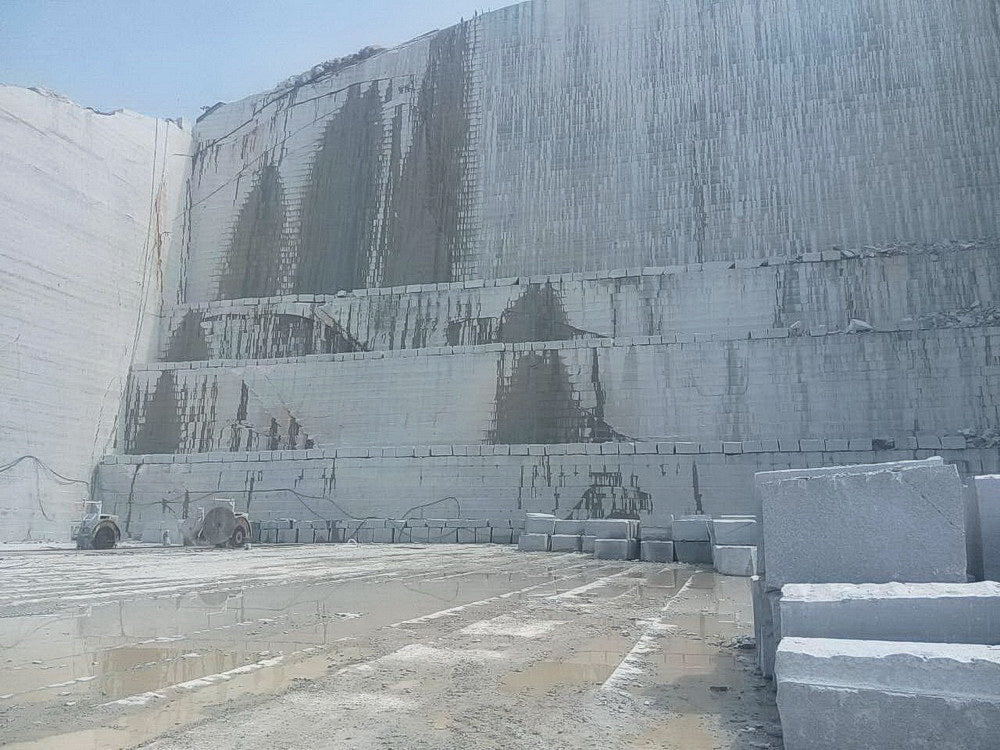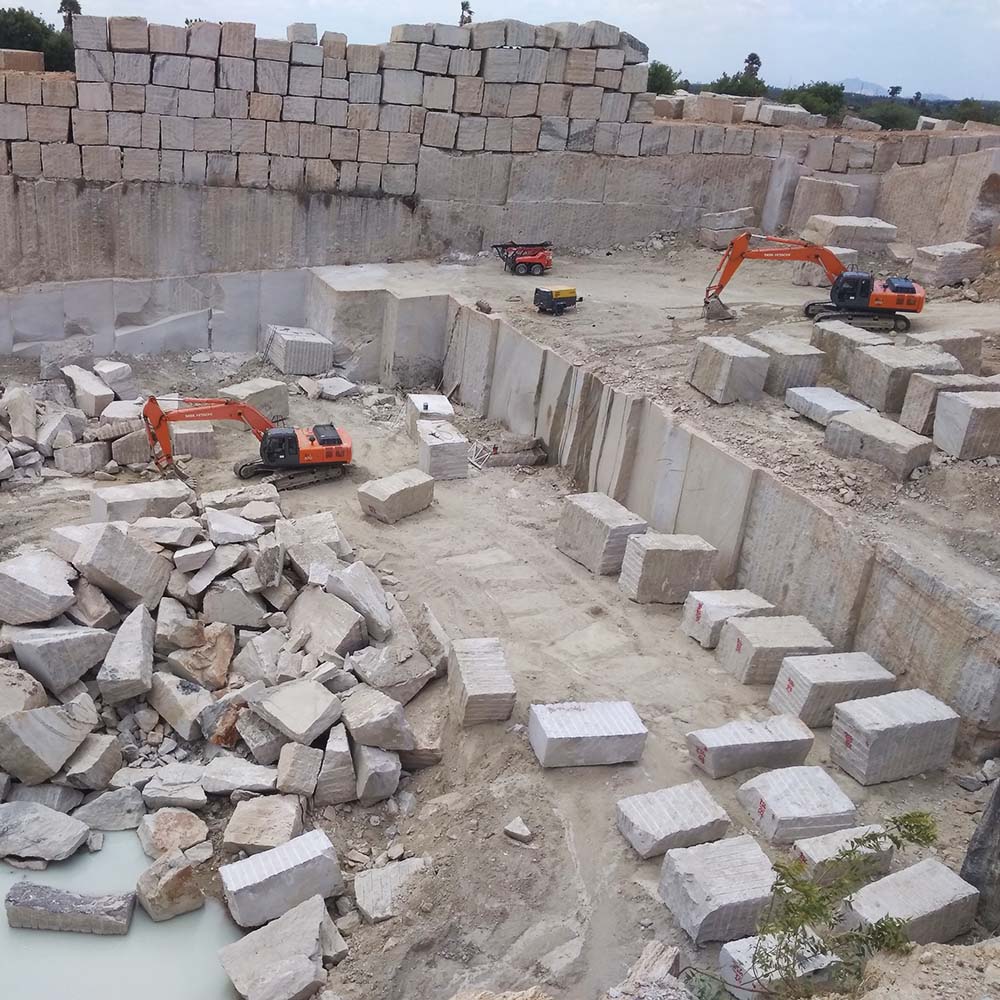Diving into of Granite Quarries in South Africa
Unveiling the Mysteries of Granite Quarrying: Where Toughness and Style Meet
The globe of granite quarrying is a world where the raw stamina of nature assembles with human virtuosity to produce frameworks that stand the examination of time with an air of beauty. From the depths of quarries to the careful sprucing up in workshops, the procedure of transforming granite into architectural marvels is a complicated dance of custom and technology. As we peer right into the midsts of this old craft, we begin to uncover the covert ins and outs that form the extremely significance of our constructed environment.
The Origins of Granite Quarrying
In the annals of architectural history, the origins of granite quarrying are shrouded in a tapestry of ancient craftsmanship and geological marvels. Dating back to ancient Egypt and Mesopotamia, the removal of granite from quarries noted the start of a journey that would eventually lead to the creation of a few of the world's most renowned structures.
Granite quarrying's roots can be traced to the proficient craftsmens that acknowledged the rock's sturdiness and aesthetic charm. Through a combination of primitive tools and large resolution, these very early quarry employees discovered granite blocks that would end up being the structure blocks of civilizations.
As civilizations evolved, so did the techniques of quarrying granite. The Romans, renowned for their design expertise, created sophisticated techniques for drawing out granite to build monuments, temples, and roadways that stood the test of time.
The legacy of these old quarrying techniques remains to shape modern architecture, with granite remaining an icon of stamina and sophistication in building jobs around the world. (granite quarries in south africa)
Tools of the Quarrying Profession
The advancement of granite quarrying methods from ancient human beings to modern-day times highlights the important function played by the tools of the quarrying profession in forming the industry's practices. In old times, quarrying devices were basic, often containing blades, hammers, and wedges made from materials like bronze or iron. These devices required substantial manpower and time to extract granite obstructs from quarries.

In addition, the intro of pneumatically-driven devices and high-powered equipment has actually dramatically lowered the physical labor called for in quarrying procedures, boosting employee safety and security and efficiency. As the quarrying sector continues to introduce, the More Bonuses devices of the profession stay at the leading edge of driving development and shaping the future of granite extraction.
Removing Blocks of Granite
Utilizing accuracy equipment and advanced techniques, the extraction of granite obstructs from quarries has actually ended up being an advanced process in the modern quarrying sector. The preliminary step involves recognizing the area and size of the granite deposit to establish one of the most efficient removal technique. Once an appropriate site is picked, the removal process starts with the boring of openings for the positioning of dynamites. Controlled blowing up methods are then used to break apart the granite right into workable areas.

Polishing and Finishing Strategies
To attain a perfect surface area on granite blocks, experienced craftsmens use a series of careful sprucing up and finishing methods. After the first extraction and forming procedures, the granite blocks go through a thorough sprucing up phase to enhance their all-natural elegance and toughness.
Along with sprucing up, ending up strategies are applied to additional improve the granite's look. These techniques may include flaming, refining, or brushing, each offering distinct appearances and coatings to suit different aesthetic choices. Flaming, as an example, entails revealing the granite surface to high temperatures to produce a harsh, distinctive surface, perfect for outdoor applications where slip-resistance is vital. Sharpening, on the various other hand, provides a matte finish that is smooth to the touch, ideal for indoor counter tops and floor covering. By meticulously picking and applying browse around this site these polishing and finishing techniques, artisans can transform raw granite obstructs right into exquisite items that display both toughness and style.

Ecological Impact and Sustainability
With the growing emphasis on environmental awareness in the sector, granite quarrying techniques are increasingly inspected for their influence on all-natural resources and long-term sustainability. Furthermore, the transport of granite from quarries to refining facilities produces carbon exhausts, further adding to ecological degradation.
To directory reduce these effects and make sure sustainability in granite quarrying, sector stakeholders are taking on numerous measures. Implementing sophisticated innovations to lower power intake and water use, redeeming quarried land for eco-friendly restoration, and promoting responsible sourcing practices are some strategies being employed. Accreditations such as the Forest Stewardship Council (FSC) and the Leadership in Power and Environmental Design (LEED) aid customers determine ecologically friendly granite products.
Verdict
Finally, granite quarrying is a process that calls for specialized tools and strategies to remove blocks of granite and polish them to a high degree of coating. While the ecological impact of quarrying can be substantial, efforts are being made to boost sustainability practices in the sector. In general, granite quarrying is a fragile balance in between taking advantage of the strength and style of this natural rock while minimizing its effect on the atmosphere.